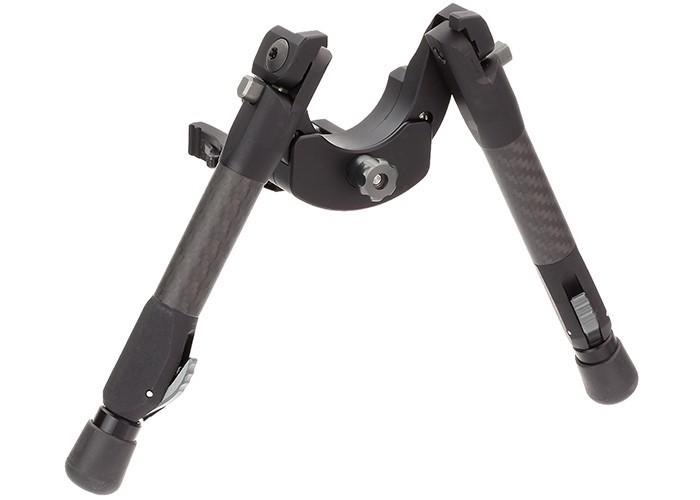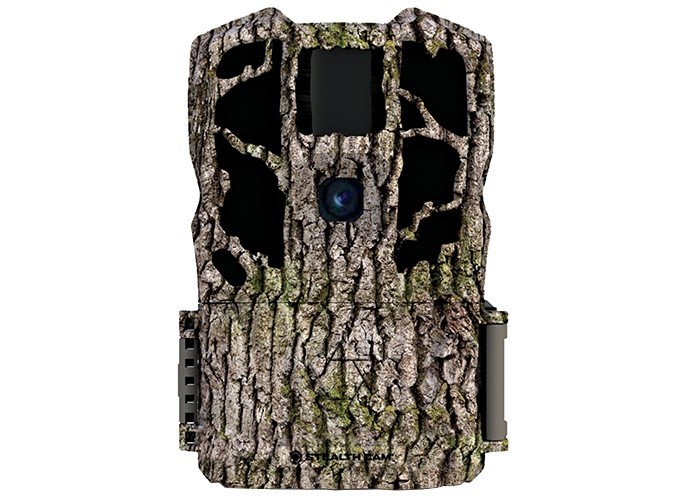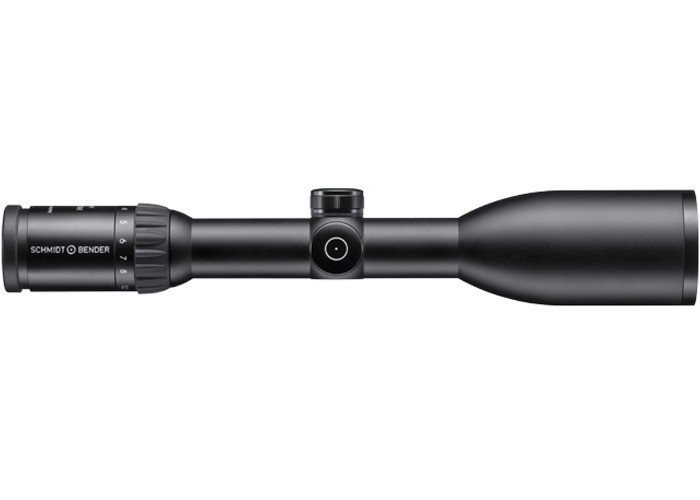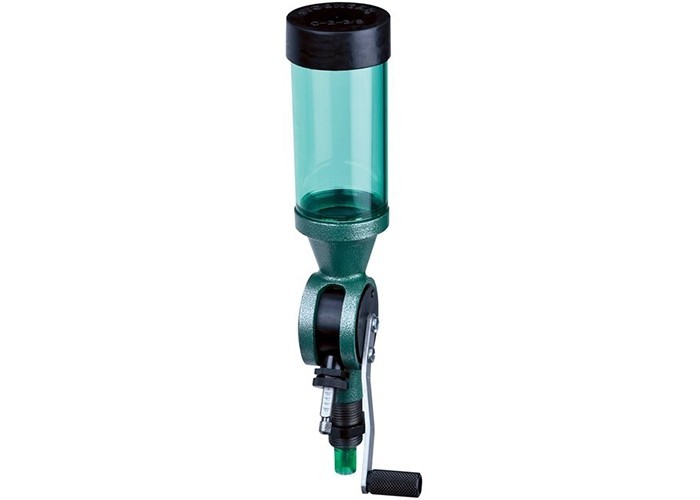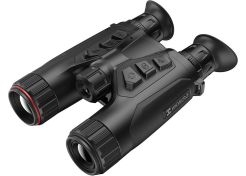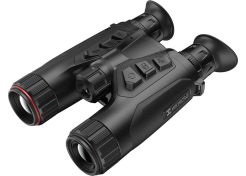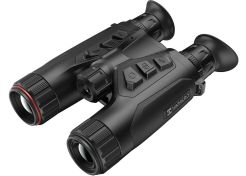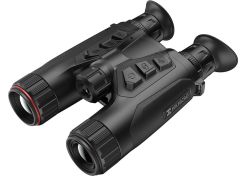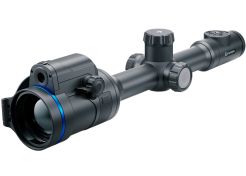 Multispectral Rifle Scope Pulsar Thermion DUO DXP50In stockRegular Price 4,890.00 Special Price 4,463.86
Multispectral Rifle Scope Pulsar Thermion DUO DXP50In stockRegular Price 4,890.00 Special Price 4,463.86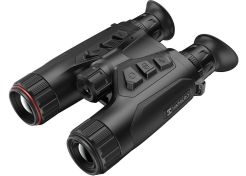
What is multispectral imaging?
As it’s not a very common term, we can imagine multispectral imaging might not be something you’re very familiar with. Please allow us tell you a bit more about it, as it’s quite impressive technology. To make the matter easier to comprehend, we’re going to split it into two parts: a simple version and a version that’s a bit more comprehensive for those of you who find it interesting. It’s okay to skip the latter if it gets too complicated or if you just want a product to work, without the need to know how the technology behind it works.
The simple version
Light exists in a wide range, or many different types in layman’s terms, and that complete range is called the light spectrum. There’s light that’s visible for the human eye and light that’s invisible for us, like infrared (IR) light and ultraviolet (UV) light. Knowing that, you can sort light in a visible and an invisible spectrum. In fact, the whole light spectrum can be subdivided into many small spectrums, but we won’t go onto that.
Light in a certain spectrum can be filtered and be made more visible to the human eye. Good examples are night vision, where infrared light is displayed onto a screen in recognisable imagery. The same goes for thermal imaging, as heat is radiance, just like light and thus has its own spectrum. When you’re using multiple light spectrums to create imagery visible to the human eye, it’s called multispectral imaging. With this, you’ll be able to see more than you would with the naked eye. Even during daytime.
The comprehensive version
Multispectral imaging is a technique where different frequencies (wavelengths) of electromagnetic radiation (light) can be filtered out of the electromagnetic spectrum. Specific wavelengths are called a spectral band and such a spectral band can be extracted with filters or detected with specific instruments.
Why? Because our eyes only have got receptors for red, green and blue spectral bands. All the other bands are invisible for our eyes, but sometimes it can be handy to make them visible. Take for instance night vision scopes that’ll make infrared radiation visible for the human eye (some animals are actually able to see it). With these, even the tiniest amount of light can be enhanced to get clear imagery. By using an infrared light (with the right frequency that can’t be seen by animals) you can illuminate your surroundings and see even more, while maintaining invisible yourself.
Or take, for instance, thermal imaging scopes that’ll convert heat radiation (which also falls into part of the infrared spectrum) into recognisable imagery. Even without any remaining light or infrared light source, you’ll be able to see in complete darkness. With thermal imaging, infrared thermal radiation of warm and cold objects is converted into an image that lets you see the differences in temperature radiation between these objects. As you can imagine, a dense stone will emit other radiation than a far less dense tree when they’re both viewed in the same outside temperature. Returning to the tree as an example, you can imagine that a branch (which will cool down faster) will radiate different than the trunk. These differences in radiation make it possible to make details visible and the more sensitive the thermal imaging scope is, the more detailed the images become.
Multispectral imaging means combining different spectral bands and it does have a lot more uses besides night vision. For instance, land mines can be traced by using filters that make the difference in radiation visible between disturbed and undisturbed ground. Other filters help studying paintings, et cetera. However, for us, the combination of daytime and night time vision is the most usable one.
What can a multispectral scope do?
Multispectral scopes (and multispectral rifle scopes) are in constant development. They combine different techniques to display imagery that otherwise would be lost for the human eye. Some multispectral scopes combine normal day view with night vision, others combine day view and thermal imaging. However, some combine night vision and thermal imaging and there are even devices that throw day view, night vision and thermal imaging all in the mix.
Depending on the specifications of the chosen multispectral scope, it will be possible to switch between images and some even have to option to display ‘picture in picture’, so you can view both images at the same time. However, the most advanced multispectral scopes can even display the images in layers, showing everything in one very complete and detailed image. A very good example is thermal imaging that can be made even more detailed by combining it with night vision. The more layers (spectral bands) that are used, the more details can be made visible that would have never been visible for the human eye otherwise.
The multispectral rifle scope
A multispectral device is available in many guises. We’ve got binoculars and scopes that are perfect for observing wildlife. We’ve also got multispectral rifle scopes and a multispectral rifle scope is quite something when out hunting. Don’t for a minute think that one of these will only be of use when hunting in the dark, as a multispectral rifle scope is amazing during daytime too. You’ll get a clear digital image, with the added advantages of night vision or thermal imaging. Dense undergrowth is a good example where it will prove its worth. Fog and rain are other perfect examples that would normally hinder your view, but where a multispectral rifle scope can be a great aid.
Buying a multispectral scope
We can absolutely imagine that the theory behind multispectral (rifle) scopes can be a bit difficult to envision, let alone to comprehend the technology behind it. In reality however, multispectral scopes and multispectral rifle scopes are surprisingly easy to operate. They’re pretty straightforward in use too.
Our experts can help you with all the questions that might arise and please remember that there are no dumb questions. To be honest, we definitely had to read into the matter ourselves and now have the theory, but also first-hand experience to tell you all about multispectral imaging.







